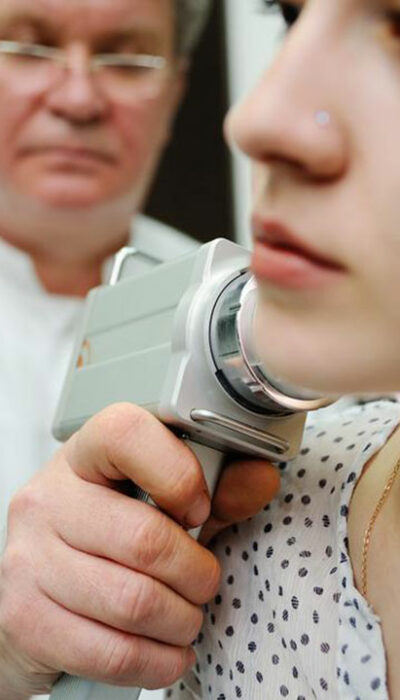
Hepatitis C – Causes, Symptoms, and Diagnosis
Hepatitis C is a viral infection caused by inflammation of the liver. In some cases, it can lead to serious liver damage in people with the condition. The disease mainly spreads through contamination of blood. Earlier the treatment of hepatitis C involved weekly injections that were given to patients and certain oral medications. However, many hepatitis patients could not take these medications due to their other health problems and due to side effects. Chronic HCV is curable using oral medications that are taken daily for at least two months. There are about half of the people suffering from HCV, and they don’t know they are infected. This happens when a person experiences no symptoms of the problem. Symptoms can take a decade to appear in many students. This is why the U.S. Center for Disease Control and Prevention ask a person to get a one-time screening of blood test for those who can be at increased risk of infection. The largest group at the risk of the situation is born between 1945 and 1965. A population is five times more likely to get infected with the problem than people born in other years. Symptoms of hepatitis C There are many factors by which can determine if a person is suffering from hepatitis C. People suffer from long-term infection with hepatitis C virus. It is also known as chronic hepatitis C. Chronic hepatitis C remains silent for many years. This becomes evident sometimes when the virus has damaged liver enough to cause signs and symptoms to appear. Here are a few signs and symptoms of the condition. Easy bleeding Easy bruising Fatigue Poor appetite Discoloration of skin and eyes, a form of jaundice. Urine that is dark colored Itchy skin Abdomen fluid build up Leg swelling Weight loss Drowsiness Confusion Slurred speech Spider-like blood vessels in the skin or spider angiomas.










